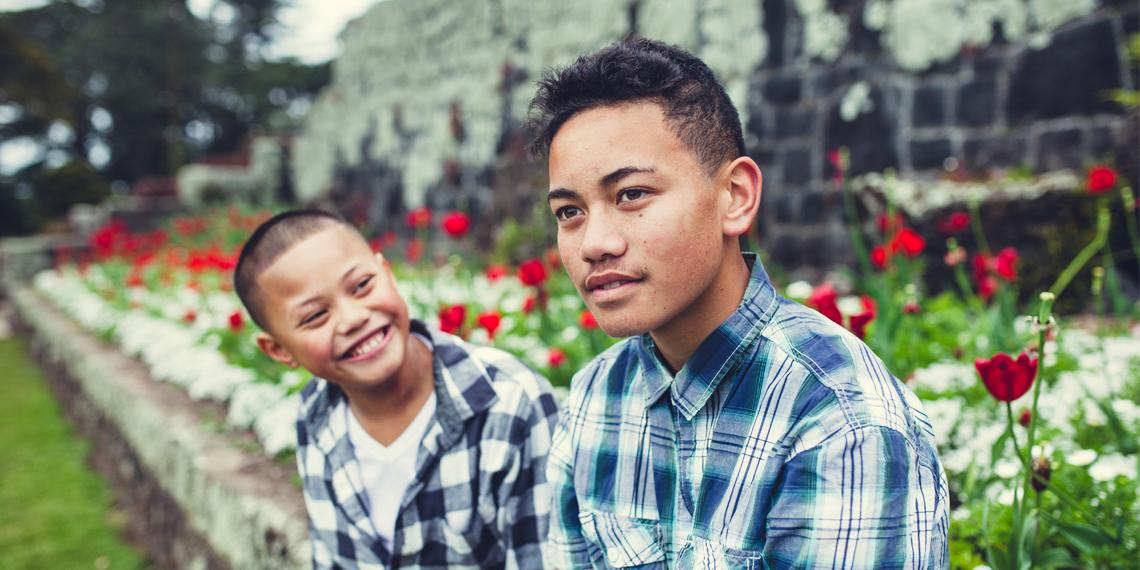Weaving people together

Sir James Henare said that to be monolingual is to know only one universe. Unfortunately, the idea of Te Reo Māori (the Māori language) being made a compulsory subject in schools is offensive to some people.
However, restricting tamariki (children) to only one worldview limits their education and deprives them of the knowledge of Te Reo Māori and all the riches of the Māori culture.
When I attended Glenfield College (on the North Shore of Auckland) my third form class was required to learn four languages: English, French, Japanese and Māori. There was no problem for most of the year—until the term arrived when we were to learn Māori. Suddenly, several students brought in letters from their parents, demanding their children be removed from class.
The reason, as one of my classmates told me, was that Māori was a dead language and it was a waste of time studying it. This attitude has been present since the early 1900s when the suppression of the language mirrored the oppression of Māori hapū (clans), and iwi (tribes) and the exaltation of all things English as the height of civilisation. Unfortunately, in many schools, this unofficial policy mutated into punishment of tamariki for speaking their ancestral language. Those tamariki associated Te Reo Māori with pain, and passed this belief onto their children.
Fortuitously, the prognosis of linguistic death is premature. Regardless of misguided public opinion, the use of Te Reo Māori continues to grow—even though Māori must constantly prove its validity.
While I consider myself fairly proficient in Te Reo Māori, I know that it will take me years more to become fluent—not only learning the language, but also tribal histories, moteatea (ancient songs), proverbs, tikanga (customs and ritual) and all other aspects of the culture.
There is a wealth of wisdom encoded in the language waiting to be shared. So, then, what is the problem with children learning Te Reo Māori in schools? Personally, I see only benefits for children learning a second language. Most importantly it aids the development of their cognitive minds. Children develop an interest and empathy for other cultures and other ways of viewing the world.
While there are many languages in the world, Te Reo Māori is the only language indigenous to New Zealand. It is a language carved into our islands and we are surrounded by Māori place names, so it is only natural that children are curious and receptive.
The language is a taonga and a priceless connection to generations of ancestors and an insight into a thriving indigenous culture. Each kupu (word) spoken with correct pronunciation echoes a beautiful language. Each dollar spent on language revitalisation of Te Reo Māori is a worthy investment. Regardless of whether a person is fluent or not, language acquisition of Te Reo Māori is valuable.
Let’s move past the deficit view of Te Reo Māori and celebrate its ability to weave people together; a wealth of philosophy and knowledge wait to be shared with willing students. So come on New Zealand, take a chance and fully embrace Te Reo Māori. Future generations will thank us for it.
by Dennis Ngawhare (c) 'War Cry' magazine, 8 September 2018, p3 - You can read 'War Cry' at your nearest Salvation Army church or centre, or subscribe through Salvationist Resources.
